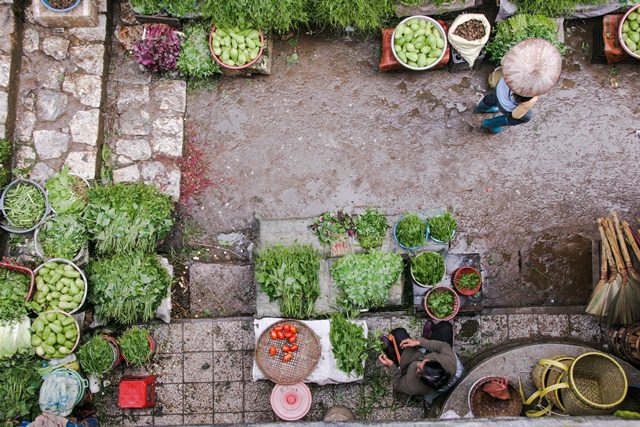Growth in East Asia and the Pacific (EAP) region is projected to slow to 2.1% in the baseline and to a negative 0.5% in the lower case scenario in 2020, from an estimated 5.8% in 2019, as the region faces the prospect of a global financial shock and recession due to the COVID-19 pandemic, according to a new World Bank report.
China’s growth is projected to decline to 2.3% in the baseline and 0.1% in the lower-case scenario in 2020, from 6.1% in 2019, said the World Bank in its April 2020 Economic Update for East Asia and the Pacific, released March 30.
In the rest of EAP excluding China, growth is projected to slow to 1.3% in 2020 to negative 2.9% from an estimated 4.7% in 2019.
Containment of the pandemic would allow recovery of the region, but the risk of durable financial stress is high even beyond 2020, the report said.
Among the ASEAN members, Indonesia’s real GDP growth is projected to weaken significantly to 2.1% in 2020, before rebounding to an average 5.4% in 2021–22 as aggregate demand recovers and stabilizes. Amid sharply reduced global growth and trade, Indonesia’s exports and imports are expected to contract for the second consecutive year.
Lao PDR’s growth is projected to decline to 3.6% in 2020 owing to supply and demand side disruptions. Immediate impacts are on the tourism, hospitality, and transport sectors and moderation in construction and manufacturing due to travel restrictions and supply chain disruptions. By 2022, with the Lao-China Railway coming into operation, it is expected that the tourism and hospitality sector will experience robust growth.
Against the backdrop of growing uncertainty over the duration and overall impact of the COVID-19 outbreak, GDP growth forecast for Malaysia in 2020 has been significantly lowered from 4.5% to –0.1%. This marked reduction incorporates the slower growth momentum from the second half of 2019, but more significantly, it reflects the impact of the outbreak under a scenario where the current large-scale disruption of economic activities would extend for most of the year, before a partial recovery toward the year end.
In Myanmar growth is expected to slowly recover to 6% in FY2020/21 following the COVID-19 related shock in FY2019/20 and return to trend in the medium term on the back of investments in infrastructure, strong exports, and resilient private consumption.
For the Philippines, real GDP growth is projected to significantly decelerate from 5.9% in 2019 to 3.0% in 2020 due to the impact of the COVID-19 outbreak and the associated community quarantine. In addition, implementation of a public infrastructure program is expected to be delayed and private sector investment to be postponed. Export of goods and services are also expected to be negatively impacted as the Philippine electronic sector has a strong linkage to China.
In Thailand the outlook for the medium term has significantly worsened since October 2019, with growth projections for 2020 revised down from 2.9% to a range of –0.5% to –1.5%, reflecting an economic contraction. The downward revision is due to the impact of the COVID-19 outbreak on tourism, on domestic consumption, and on key supply chains such as electronics and automotive that are critical to Thailand’s exports.
While prospects remain favorable for the Vietnamese economy in the medium term, the rate of expansion of the economy could decline to about 4.9% in 2020. Because of the relatively limited number of infected cases (as of end March 2020), the most important negative impacts associated to the outbreak are on tourism and on manufacturing due to supply chain disruptions. The external position is projected to deteriorate in 2021, mainly as the result of the fall in exports of services (tourism) and lower FDI inflows.
Over the medium term, growth is projected to rebound back to 7.5% in 2021 and converge at around 6.5% in 2022, reflecting an improved external demand and a firming of the services sector, as well as a gradual recovery in agricultural production.
Photo by siamak djamei on Unsplash









